#discover europe
Text

Worth Every Step!
33 notes
·
View notes
Text

#europe perfection#loves europe#loves united europe#discover europe#living europe#europe vacations#europe
53 notes
·
View notes
Text

Ashford Castle /Ireland (by Kuba Cieloch).
#travel#eire#ireland#visit ireland#discover ireland#wanderlust#castles#placestovisit#placestosee#europe
2K notes
·
View notes
Text

villa monastero, italy ⋅ ph. sae_snaps
#sae_snaps#villa monastero#villa#italy#europe#travel#view#vista#architecture#architect#engineer#sky#skyline#nature#beauty#inspo#inspire#inspiration#discover#create#photo#photograph#photography#photographer#insta#instagram#twitter#tumblr#pinterest#blog
1K notes
·
View notes
Text
Guys you need to watch 1670!! Like I'm obsessed. And it's polish so it's my culture and that's why!! Historical comedy with beautiful costumes, paradocument style jokes, and cunty priest?? Goo!!
#And it's not usual boring British/french royal historical show because that's apparently how rest of the world see Europe in that century#there's more to discover!!#don't feel discouraged because you don't know polish culture#a lot of jokes are modern society based#1670 netflix#1670
133 notes
·
View notes
Text
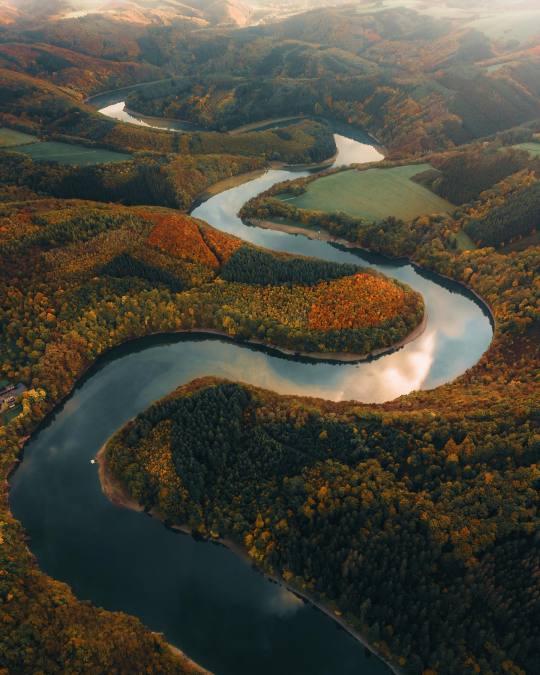
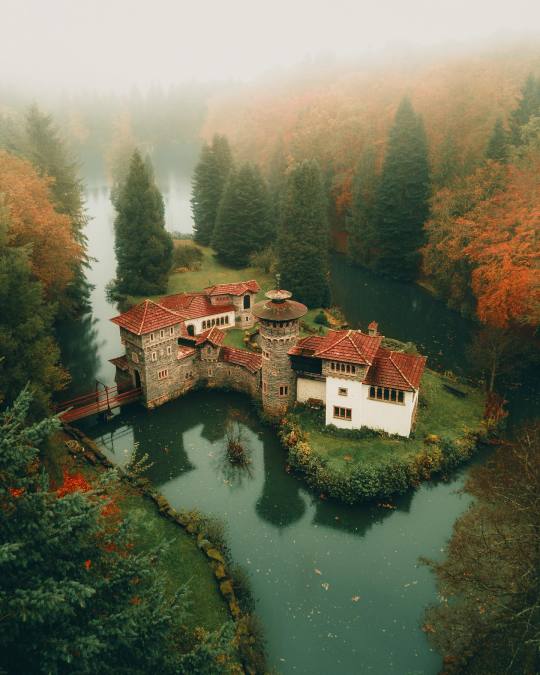
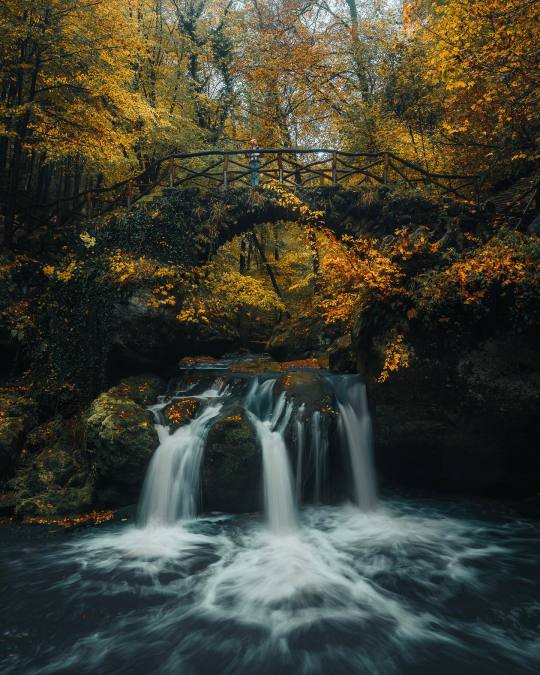

" Autumn in Luxembourg " //© Giulio Groebert
#Luxembourg#Europe#nature#landscape#Autumn#Fall#mountainscape#Forest#trees#river#Cabins#waterfall#aesthetics#wanderlust#explore#follow#discover
182 notes
·
View notes
Text

Rachitele, Cluj, Romania horoba_aurelian
#Rachitele#Cluj#Romania#horoba_aurelian#travelblogger#photooftheday#earth_shotz#naturelovers#transylvania#discover#earth_deluxe#magic#mountains#view#landscapes#landscapelover#perfect#europe#nature photography#europe_perfection#europe_greatshots#europe_vacations#europe_photogroup#europe_gallery#europe_pics#colors#travelling#roamtheplanet#globeshotz#earth_pix
84 notes
·
View notes
Text
Don't stop trying to succeed...
لا تتوقف عن محاولة النجاح...
Başarmak için denemekten vazgeçmeyin..
#türkiye#manzara#travel photography#doğa#travel destinations#travel#natural#view#africa#europe#viral news#videography#explore#discover turkey#discover#bloke finds chilling ‘death’ message etched inside his double pane shower screen and everyone’s saying the same thing#post video#blocklist#amazing blog#beautiful post#animals#keşfetteyiz#keşfet
507 notes
·
View notes
Text


6,000-Year-Old Sandals Found in a Spanish Cave are Europe’s Oldest Shoes
New analysis has identified the oldest shoes ever discovered in Europe, according to a study published this week in the journal Science Advances.
The 22 woven sandals date from 6,000 years ago, radiocarbon analysis found in the study led by researchers at the Autonomous University of Barcelona and Alcalá University in Spain.
The ancient footwear, along with Mesolithic baskets and other tools, was first discovered back in 1857, when a cave in southern Spain was looted by miners. However, when the artifacts were first dated, in the 1970s, they were identified as being about 1,000 years more recent than this latest analysis found.
The very dry conditions within the cave were ideal for preserving perishable materials, the researchers said, and allowed the preservation of a prehistoric burial site complete with partially mummified corpses, accompanied by baskets, wooden tools, sandals and other goods.
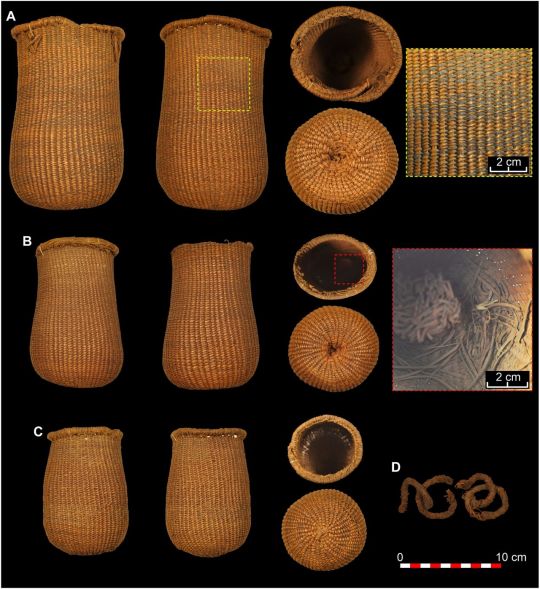

The objects are “the oldest and best-preserved set of plant fiber materials in southern Europe so far known,” María Herrero Otal, one of the study’s authors, said in a statement, adding that they demonstrate “the ability of prehistoric communities to master this type of craftsmanship.”
When Spanish archaeologist Manuel de Góngora y Martínez visited the cave in 1867, 10 years after the looting, he gathered the remaining artifacts, including the sandals, and gave them to museums in Madrid and Granada, where they have been studied by researchers, the study added.
The sandals were made of grasses as well as other materials, including leather, lime and ramie bast, a type of natural fiber.
Using the descriptions provided by Góngora, the study hypothesizes that the bodies were buried wearing the sandals.
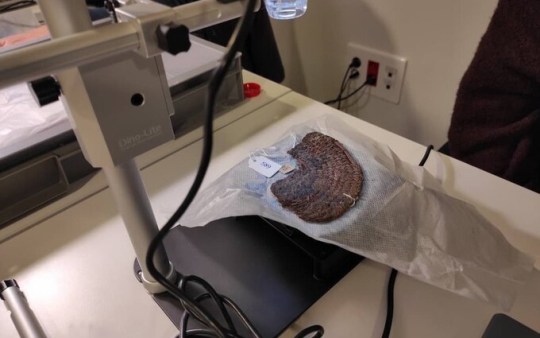
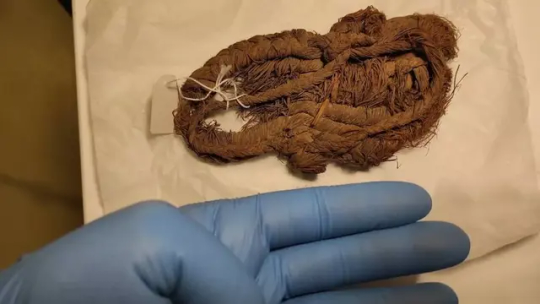
Some sandals had clear signs of wear, while others appeared never to have been worn, suggesting that some people had clothing made especially for their burial.
The researchers also studied several baskets and other wooden artifacts in the collection. These objects “open up groundbreaking perspectives on the complexity of Early-Middle Holocene populations in Europe,” they said, adding that most knowledge of past societies is drawn from durable artifacts rather than perishable ones such as baskets. The Holocene is the current geological epoch, which began 11,700 years ago.
Both the baskets and sandals suggest that the makers had an extended knowledge of the plant resources in the local environment as well as a high level of expertise, the researchers noted.
“The quality and technological complexity of the basketry makes us question the simplistic assumptions we have about human communities prior to the arrival of agriculture in southern Europe,” Francisco Martínez Sevilla, one of the study’s authors, said in a statement.
The study also found that the objects were deposited at the site at two very different times during the Early and Middle Holocene eras. The first phase was related to the Early Holocene hunter-gatherer populations, and the second phase to Middle Holocene farmers, researchers said.
By Issy Ronald.


#6000-Year-Old Sandals Found in a Spanish Cave are Europe’s Oldest Shoes#the oldest shoes ever discovered in Europe#Cueva de los Murciélagos#the Cave of the Bats#Andalusia Spain#ancient artifacts#archeology#archeolgst#history#history news#ancient history#ancient culture#ancient civilizations
128 notes
·
View notes
Text

The Winged Victory of Samothrace, or the Nike of Samothrace - Musée du Louvre, Paris
#europe travel#travel blog#travel#paris#louvre#art#sculpture#photography#pictures#discover#france#like#love#museum
268 notes
·
View notes
Text

#europe#europe perfection#loves europe#loves united europe#discover europe#living europe#europe vacations
44 notes
·
View notes
Text
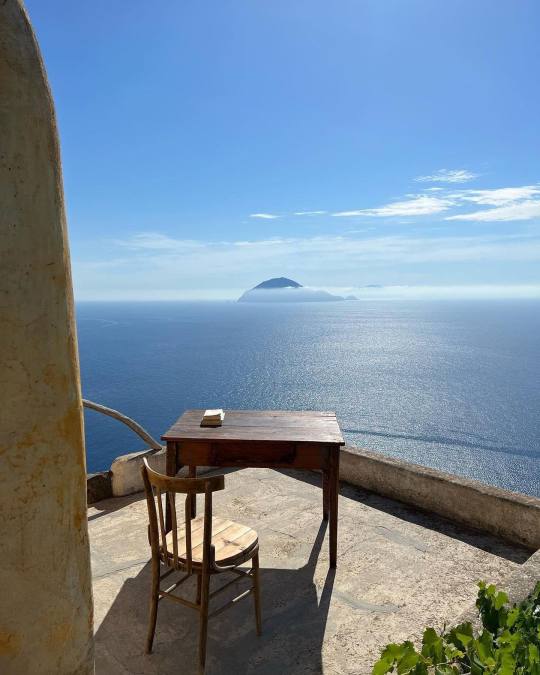
sicily, italy ⋅ ph. rym.nur
#sicily#italy#europe#travel#view#vista#beauty#nature#ocean#sea#sky#skyline#summer#inspo#inspire#inspiration#discover#create#insta#instagram#twitter#tumblr#pinterest#blog#photo#photograph#photography
187 notes
·
View notes
Photo
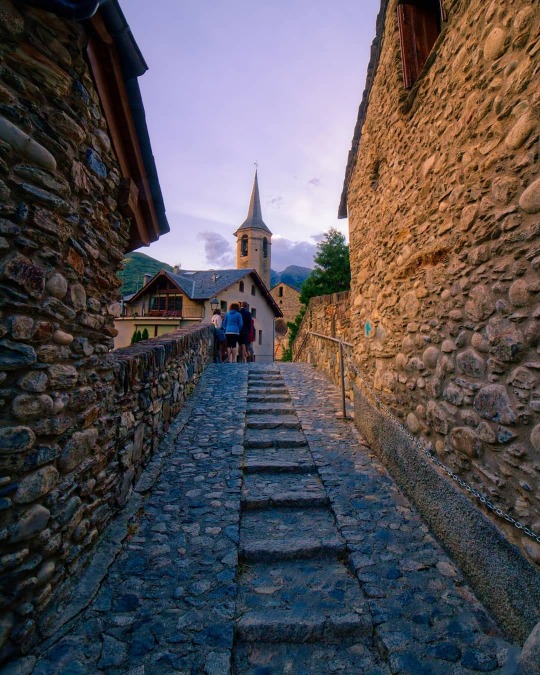
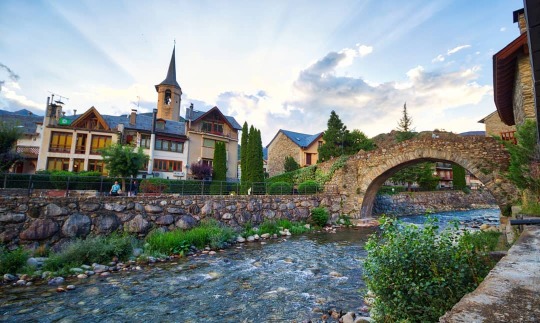
Esterri d’Àneu town in the High Pyrenees, Catalonia.
Photos by ivan_fernandez_bernal on Instagram.
#esterri d'àneu#catalunya#fotografia#catalonia#travel#town#europe#river#pyrenees#beautiful places#village#wanderlust#explore#travel photography#travel europe#discover#cobblestone#villagecore
222 notes
·
View notes
Text
it is generally understood that there has not been a great deal of change in the time since quagsire and clodsire’s ancestors first emerged and now. quagsire and clodsire are considered slightly more “primitive” than their very distant relative swampert.
we know this because we have fossils of what is either an early clodsire or an ancestor that did not change much between its emergence and the appearance of clodsire. however, this was not always understood. when first unearthed, the fossil specimen was incomplete and not fully pried from the rocks. seeing only the upper body of the specimen and some of its forelimbs, the man who discovered it believed the fossil to be that of a human being who had died in a flood. he was, of course, wildly incorrect, but it serves as a good reminder both to how science is constantly evolving and and to how similar we can be even to pokémon that seem nothing like us.
#[this is a legitimate story this is the story behind the extinct andrias scheuchzer.]#[when it was first discovered it was thought to be a victim of the great biblical flood. it was not.]#[i selected clodsire for this because i’ve seen some suspicion as to the species.]#[apparently some folks believe it was just a. davidianus which is closer to clodsire.]#[idk how reliable that is tho. or why that species would’ve been in europe.]#pokémon#pkmn irl#.txt#clodsire#quagsire
23 notes
·
View notes
Text
‘‘Looks like Kurt Cobain’’ in relief the band expressed when they saw their new singer (Mazvērsīte, 2018, p 50). Not only did Freimanis look like Cobain at the time, with his bleached hair but their debut album ‘‘Putni’’ (1998) [transl. ‘‘Birds’’] was influenced by Nirvana and Whitesnake. Whilst grunge was mainstream in the United States in the 1990s, it`s influence also extends to Latvia.
In 2004, Freimanis wrote the song ''The War Is Not Over'' and gave it to Latvian beloved musicians Valters Frīdenbergs and Kārlis Būmeisters, known as Valters & Kaža (members of Putnu Balle). The song won the Latvian National selection and represented Latvia in the international Eurovision contest in 2005, held in Kyiv, Ukraine, fisnishing in the 5th position.
© Grunge Included | @37fotosb
#grunge#freimanis#tumsa#latvia#latvian#northern europe#european music#europe#eurovision#eurovision 2024#eurovision song contest#rock music#baltic#baltic states#baltic sea#substack newsletter#substack#female writers#cobain#the war is not over#esc 2024#songs#music history#new music#discover music#facts#discover weekly#music reccomendations
6 notes
·
View notes
Text

Edinburgh, Scotland
17 notes
·
View notes